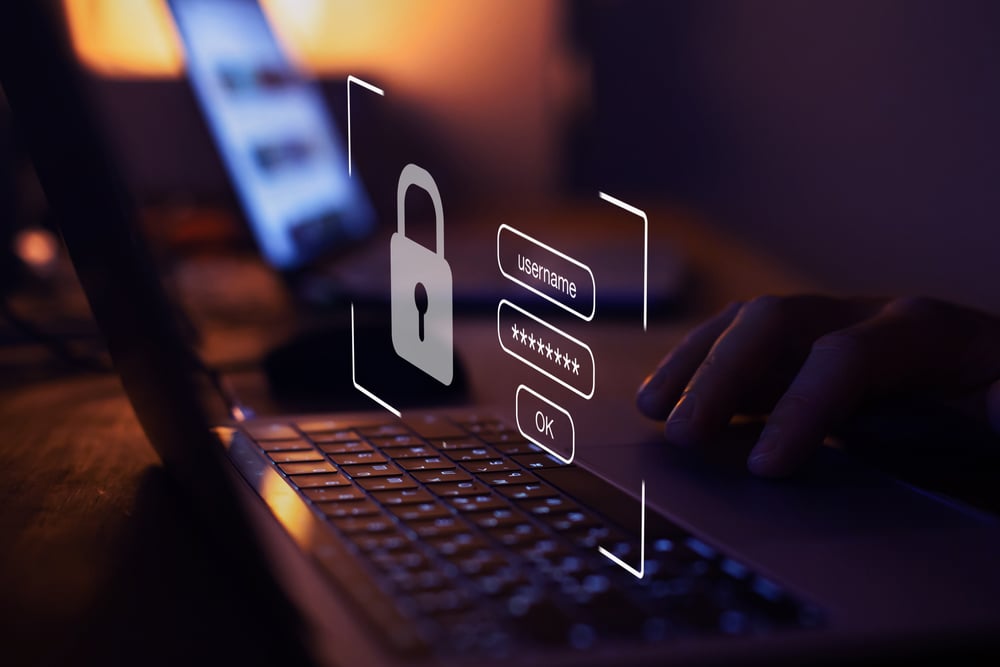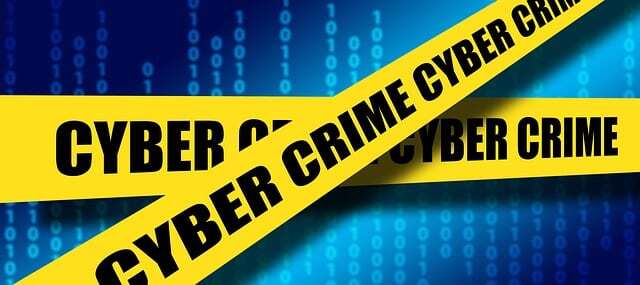If leadership doesn’t show that cybersecurity is a priority, no one is going to take it seriously.
When executives engage personally in security initiatives, employees follow their lead, policies gain traction, and IT teams get the support they need to keep systems safe.
Firewalls, software, and security frameworks only go so far if leadership treats cybersecurity as a delegated IT issue instead of a shared business imperative.
Because security isn’t a product you buy — it’s a priority you lead.
Culture Follows Commitment
At NetCov, we’ve spent nearly 30 years helping organizations protect what matters.
Across every industry — financial services, AEC, manufacturing, and nonprofits — the strongest security cultures share one thing in common: executives who model accountability.
When leaders demonstrate visible engagement in cybersecurity, everything changes.
Employees take training seriously. Vendors follow protocol. IT teams get the resources and political backing they need.
When leadership sets the tone, security becomes everyone’s job.
You don’t need to be a CISO to make a difference. You just need to:
- Participate in tabletop exercises. Make this mandatory for your executive team so they can experience the decision-making pressure firsthand.
- Ask better questions. “How do we know this is working?” is more powerful than “Are we compliant?”
- Celebrate security wins. Recognition reinforces the right behaviors.
- Fund the unglamorous work. Patch management, centralized logging and backups aren’t flashy, but they’re life-saving when things go wrong.
Why Leadership Visibility Matters
When something goes wrong, your people will look to you for direction — not your security vendor.
The organizations that recover fastest aren’t just the ones with incident response plans; they’re the ones whose executives already know their role in those plans.
NetCov’s security advisors routinely run ransomware and breach simulations with leadership teams.
One pattern is clear: the companies that include senior management in those drills respond faster, communicate better, and maintain customer trust throughout an incident.
Cyber resilience isn’t just about technical recovery — it’s about organizational coordination.
Leadership in Action
Leadership’s commitment to security shows up in simple, consistent behaviors:
- Participate in security reviews the same way you review financials.
- Champion cyber hygiene in company communications.
- Model accountability when something fails — transparency beats blame every time.
- Make cybersecurity part of performance goals. What gets measured gets maintained.
Final Thought
Cybersecurity leadership isn’t about expertise; it’s about ownership. Your IT and security teams can handle the “how.”
But only leadership can define the why — and ensure every person in the organization knows it matters.
Leadership is contagious. When you show up for security, your people will too.
Use our 12-Month Cyber Readiness Framework to keep that momentum going — one focus area at a time.













